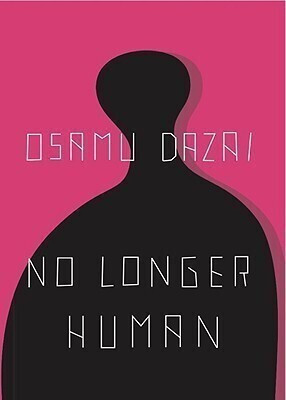
Rice drinks: Rice wine, Sake, Soju, Chinese alcoholic beverages, Huangjiu, Philip Harper, Aspergillus oryzae, Horchata, Sato, Ruu d, Awamori (English, Paperback, LLC Books, LLC Books, Source Wikipedia)
Price: Not Available
Currently Unavailable
Highlights
- Language: English
- Binding: Paperback
- Publisher: Books LLC, Wiki Series
- ISBN: 9781156863664, 115686366X
- Edition: 2010
- Pages: 36
Description
Chapters: Soju, Huangjiu, Horchata, Awamori, Jūrokucha, Rice Milk, Genmaicha, Sikhye, Rượu Nếp, Hyeonmi Cha, Tamagozake, Amazake, Kokkoh, Mijiu, Rice Baijiu, Gamju. Source: Wikipedia. Pages: 54. Not illustrated. Free updates online. Purchase includes a free trial membership in the publisher\'s book club where you can select from more than a million books without charge. Excerpt: Soju (Hangul ; Hanja ) is a distilled beverage native to Korea. Most brands of modern soju are made in South Korea. Though traditionally made from rice, most major brands supplement or even replace the rice with other starches such as potato, wheat, barley, sweet potato, or tapioca (called dangmil in Korean). Soju is clear in colour and typically varies in alcohol content from about 20% to about 45% alcohol by volume (ABV), with 20% ABV being most common. Its taste is comparable to vodka, though often slightly sweeter because of the sugars added in the manufacturing process. It is widely consumed, in part, because of its relatively low price. A typical 300mL bottle of soju costs the consumer 1,000 to 3,000 South Korean Won (roughly $1 to $3 United States Dollars.) Linguistically, the word soju is the Korean rendering of the Chinese (pinyin: shaojiu), which literally means \"burned liquor\". (Incidentally, the Dutch-derived English word brandyliterally \"burned wine\"uses the same linguistic concept to describe a distilled alcoholic beverage.) The Chinese word shaojiu is rendered in Japanese as shch, the word that denotes a distilled alcoholic beverage that is similar to soju. Cookeries (Soju gori, ) in the center, and different shaped hangari, ) for making traditional sojuSoju was first distilled around 1300s during the Mongol invasions of Korea. The Mongols had acquired the technique of distilling arak from the Persians during their invasion of Central Asia/Middle East around 1256, then it was subsequently introduced to Koreans and distilleries were set ...More: http://booksllc.net/?id=145527
Read More
Specifications
Book Details
| Publication Year |
|
| Table of Contents |
|
Contributors
| Author |
|
Dimensions
| Width |
|
| Height |
|
| Weight |
|
Have doubts regarding this product?
Safe and Secure Payments.Easy returns.100% Authentic products.
Back to top






